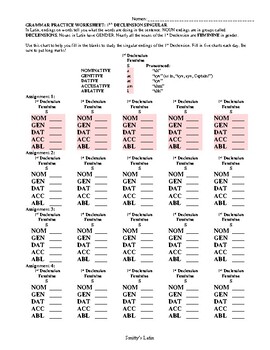

This means that, although the infinitive active form normally shows the verb conjugation, knowledge of several different forms is necessary to be able to confidently produce the full range of forms for any particular verb. It is not possible to infer the stems for other tenses from the present stem. The present indicative active and the present infinitive are both based on the present stem. Some verbs are semi-deponent, using passive forms for the perfect tenses only.Ī verb's full paradigm relies on multiple stems. Examples in the different conjugations are: (1) moror, morārī "to delay", (2) polliceor, pollicērī "to promise", (3) sequor, sequī "to follow" and regredior, regredī "to go back", (4) mentior, mentīrī "to lie (tell a lie)". There also exist deponent Latin verbs, which though active in meaning have endings identical to the passive endings of ordinary verbs. The most frequent of these is the verb sum, esse "to be" together with its prefixed derivatives. In addition to regular verbs, which belong to one or other of the four regular conjugations, there are also a few irregular verbs, which have a different pattern of endings. (3rd conjugation verbs ending in -iō such as capiō are sometimes known as "mixed conjugation" since they use a mixture of 3rd and 4th conjugation endings.) In modern times grammarians generally recognise four conjugations according to the ending of the active infinitive: namely -āre, -ēre, -ere, or -īre, for example: (1) amō, amāre "to love", (2) videō, vidēre "to see", (3) regō, regere "to rule" and capiō, capere "to capture", (4) audiō, audīre "to hear".

500 AD), recognised four different groups. However, others, such as Sacerdos (3rd century AD), Dositheus (4th century AD) and Priscian (c. The ancient Romans themselves, beginning with Varro (1st century BC), originally divided their verbs into three conjugations ( coniugationes verbis accidunt tres: prima, secunda, tertia "there are three different conjugations for verbs: the first, second, and third" ( Donatus), 4th century AD), according to whether the ending of the 2nd person singular had an a, an e or an i in it.


The word "conjugation" comes from the Latin coniugātiō, a calque of the Greek συζυγία ( syzygia), literally "yoking together (horses into a team)".įor examples of verbs and verb groups for each inflectional class, see the Wiktionary appendix pages for first conjugation, second conjugation, third conjugation, and fourth conjugation. The number of conjugations of regular verbs is usually said to be four. Thus all those Latin verbs which in the present tense have 1st singular -ō, 2nd singular -ās, and infinitive -āre are said to belong to the 1st conjugation, those with 1st singular -eō, 2nd singular -ēs and infinitive -ēre belong to the 2nd conjugation, and so on. The second meaning of the word conjugation is a group of verbs which all have the same pattern of inflections. One meaning is the creation of derived forms of a verb from basic forms, or principal parts. In linguistics and grammar, conjugation has two basic meanings.


 0 kommentar(er)
0 kommentar(er)
